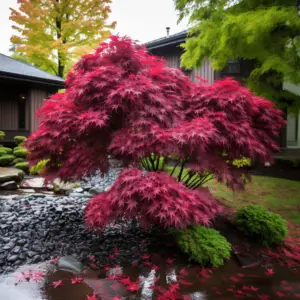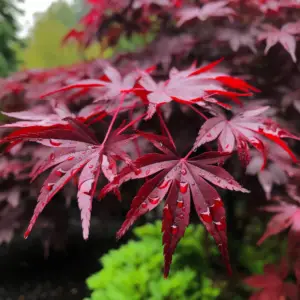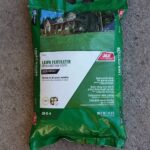Japanese Maple Varieties, You can call Japanese maple varieties Smooth Japanese maple or Palmate maple. Acer Palmutum is its scientific name. The Japanese maple is a shrubbery or tiny woody plant distributed worldwide but native to temperate Asia, mainly Japan, Korea, China, Mongolia, and southeastern Russia.
The woody plant made its way to the rest of the world in the early 19th century when western botanists traversing the planet came upon it in abundance in Asia and recognized its potential as a beautification plant back home.
The tree is unimpressive in size and is typically a garden plant when cultivated. In the wild, it grows as an understory plant thriving comfortably in the partial shades of other more majestic trees.
Japanese maple is grown worldwide for its beautiful colors, unique leaf forms, and polite canopy that provides shade in hot weather.
Table of Contents
Uses of Japanese Maple

The main and possibly only purpose for cultivating any or all Japanese maples, is for their ornamental value. Their unique features are a constant marvel and beautiful addition to any setting. Japanese maple trees are used in the following ways;
Garden and orchard beautification
The most common purpose of these trees is as decor for the garden to line boundaries and to enhance the color motif of any garden.
In the suburbs, where lawn space is abundant, many of these trees are planted in elegant groupings to show off their colors and shapes.
Japanese Maple Varieties entertainment and vacationing spots particularly where relaxation is the goal and not reveling, these trees are a constant feature.
The array of burgundy, purple, scarlet, chartreuse, yellow, orange, and green makes for an explosion of completely natural fauna in all its grandeur.
These plants and trees have also curried favor with gardening and orchard enthusiasts. A vast number of Japanese maple cultivars have actually been developed by enthusiasts, not botanists per se.
The trees are easy to cultivate and do not need to reach maturity to serve their purpose as ornamental items in the garden.
A majority of cultivars have come into existence and gone extinct within a few years as a result of this kind of runaway botany but the ones that have made it through the long haul are a must-have for anyone who loves the beauty of Japanese Maple.
Bloodgood and Fireglow are two such cultivars.
Shade
This has Bloodgood, the stronger and quicker seed. The plant reaches 20 feet or more in a few years.
The Japanese maple trees that can be planted for shade are abundant across Asia, but they develop at different times.
They thrive in shade due to their canopy-shaped leaves and wide bases. The relatively low canopy is also a boon in this regard since larger trees tend to grow to heights that are too high to be effective as providers of shade.
Bonsai
Fireglow is the choice variety for this Japanese and Korean form of high art.
Bonsai by simple definition an art form where artificially dwarfed varieties of plants and trees are grown in pots and planters.
Japanese maples and more so its cultivars are perfect for this. Tiny perfect organic plants can be grown in vases as decor and as a form of art for plant enthusiasts.
Espalier
This is also an art form that also has functionality as a control measure for fashioning how a plant will grow. An espalier is a shrub grown ornamentally such that the branches develop against a wall or up a pole.
Fireglow is a good candidate for this kind of decor since its branches are quite pliable and agreeable.
Fireglow Vs Bloodgood

Both Fireglow and Bloodgood are cultivars of Japanese maple with Fireglow being an even further ‘ïmprovement’ on Bloodgood.
Bloodgood has been around longer and its lush colors called for an even more striking plant. Fireglow appears to have been yet another cultivar of the parent plant of Bloodgood.
- More than anything color is the most notable distinguishing factor of the two. Bloodgood is a dark red with heavy burgundy tones while Fireglow as the name suggests is bright red with more of a striking sharper scarlet or crimson hue.
- Bloodgood grows quickly and is resilient. Fireglow develops slowly and is smaller than Bloodgood at maturity. A Fireglow over eight feet tall is rare.
- Due to the tree’s age, Bloodgood leaves are larger than Fireglow leaves, which is not an easy difference.
Fireglow mature canopies are less dense than Bloodgood canopies. At maturity, Bloodgood can offer shade, while Fireglows cannot.
Finally
The rare Fireglow cultivar may be attributed to the difficulties of producing it to withstand all seasons. The Bloodgood is more prevalent. This kind is popular with dealers because it’s durable and weatherproof.
Even dealers can’t tell them apart, especially if the Bloodgood is young and accidentally advertises Fireglows.
They are quite unique for the discerning consumer, thus it is better to approach public botanical gardens to get a specific species, especially if they cause confusion like these two variations.
They will gladly provide a seedling of your choice.


